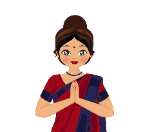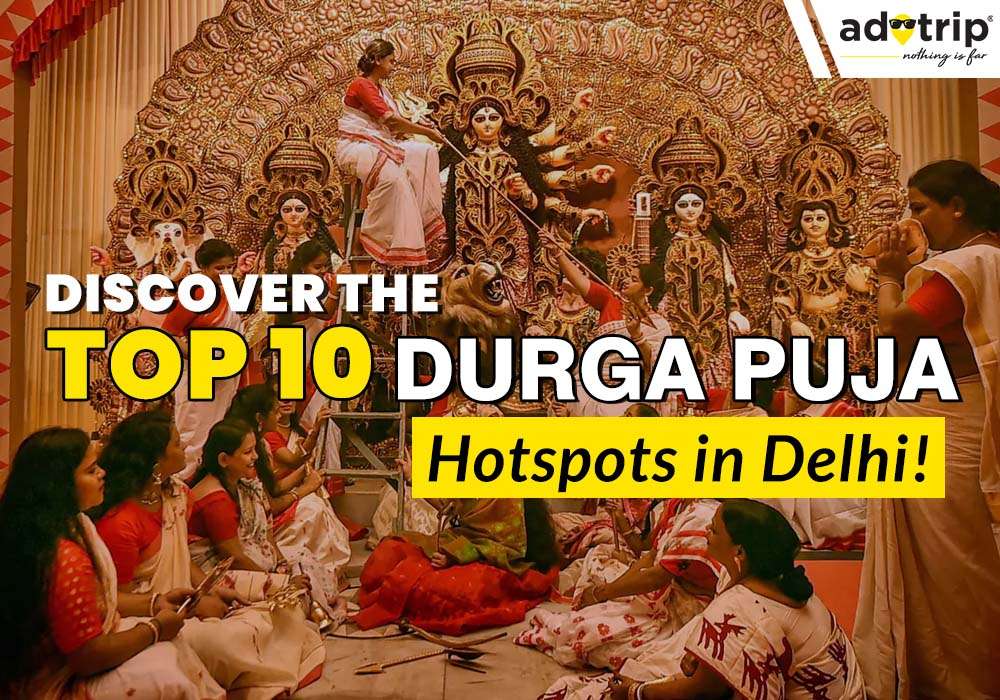
Last Updated At: 20-Aug-2025
Durga Puja Pandal in Delhi - 10 Pandals to Visit in 2025
Ah, the joyous time of Durga Puja! It's not just a festival; it's an emotion for many. As the autumn wind starts dancing to the tunes of the dhaak and the fragrance of incense fills the air, the capital city of Delhi gets ready to celebrate Durga Puja with all its might and grandeur. The alleys of Delhi resonate with the chants of 'Jai Maa Durga' and the beats of drums, setting the tone for one of the most awaited festivals. Durga Puja is more than just religious festivities; it amalgamates faith, culture, tradition, and celebration. This festival is a testament to Delhi's rich cultural heritage and beautiful blend of traditions from all over the country.
Delhi might be miles from Kolkata, the epicentre of Durga Puja celebrations, but the city knows how to recreate the magic. With magnificent pandals, intricate idols of Goddess Durga, and vibrant cultural performances, Delhi ensures that those away from their homes don't miss out on the authentic experience. As the joyous beats play on, let's experience the enthusiasm of Durga Puja Celebrations and visit these durga puja Pandal in Delhi.
Significance of Durga Puja Celebrations in Delhi
Durga Puja, primarily celebrated with grandeur in West Bengal, has, over the years, found a prominent place in the heart of Delhi. The capital witnesses an influx of diverse populations from various parts of India, making it a melting pot of cultures. Bengali communities in Delhi have seamlessly woven the essence of Durga Puja into the city's fabric, thereby introducing Delhiites to the mesmerising world of Maa Durga and her victory over the demon Mahishasura.
The festival epitomises the victory of good over evil, light over darkness, and hope over despair. In Delhi, it's not just a religious event; it's a socio-cultural extravaganza. The city is adorned with radiant lights, artistic pandals that narrate tales, and cultural performances that depict the rich folklore associated with the festival. Furthermore, it's an occasion where art, music, dance, and drama come to life, showcasing the talents of the community.
From the traditional dhunuchi dance to the delightful aroma of Bengali delicacies, Delhi's Durga Puja celebrations reflect traditional essence and modern charm. It is a time when old friends reunite, and families come together, forgetting their busy lives, to honour and celebrate the divine feminine power.
In the following sections, we'll explore the top 10 places in Delhi where Durga Puja is celebrated with unmatched fervour and gaiety. Join us in this festive journey and feel the spiritual aura that envelops Delhi during these magical days.
Also Read - Durga Puja Celebrations in India
Top 10 Places to Visit in Delhi for Durga Puja
As the festive fervour grips Delhi, the city lights up with vibrant hues, melodious chants, and an unmatched spirit. The capital dons a new look, echoing the rhythms of dhak and resonating with the magnificence of Durga Puja. But where are the best spots to soak in this festive spectacle?
- Chittaranjan Park Kalibari | Iconic Worship Space, Cultural Hub
- Minto Road Puja Samity | Central Festive Gathering, Cultural Significance
- Kashmiri Gate Kalibari | Historic Worship Place, Spiritual Centre
- Mayur Vihar-1 Kalibari | Eastern Delhi Temple, Cultural Celebration
- Matri Mandir Samity, Safdarjung Enclave | Central Worship Spot, Festive Vibes
- Timarpur and Civil Line Puja Samity | Northern Festive Centre, Cultural Ensemble
- Arambagh Durga Puja Samity | Central Festive Assembly, Traditional Significance
- Mela Ground, CR Park | Festive Open Arena, Cultural Gatherings
- Antaranga Durga Puja, Mayur Vihar | Eastern Festive Celebrations, Vibrant Gatherings
- Sushant Lok Durga Puja | Gurgaon Celebration Site, Traditional Gathering
1. Chittaranjan Park Kalibari | Iconic Worship Space, Cultural Hub
When you think of Durga Puja Celebration in Delhi, Chittaranjan Park invariably tops the list. The area, predominantly populated by Bengalis, captures the essence of the festival. With its magnificent pandals reflecting art, culture, and spirituality, CR Park Kalibari becomes the pulse of celebrations. The fervent beats of drums, the melodious tunes of traditional songs, and the vivid array of lights make it a visual and auditory treat.
- Major Highlights: Traditional Dhunuchi dance, Artistic pandals
- How to Reach: Nearest Metro station is Nehru Place on the Violet Line. Buses and auto-rickshaws are also available
2. Minto Road Puja Samity | Central Festive Gathering, Cultural Significance
Situated in the heart of Delhi, Minto Road Puja Samity has been celebrating Durga Puja for several decades now. The pandal here is known for its thematic representation and socio-cultural programmes. People from various parts of the city flock here to experience the amalgamation of culture, art, and devotion.
- Major Highlights: Cultural programmes, Thematic pandal representation
- How to Reach: Easily accessible via New Delhi Railway Station. The nearest metro station is Rajiv Chowk
Read More: Durga Puja In Kolkata
3. Kashmiri Gate Kalibari | Historic Worship Place, Spiritual Centre
A beacon of faith and tradition, the Kashmiri Gate Kalibari stands as a testament to Delhi's rich history intertwined with cultural celebrations. During Durga Puja, the historic temple precincts reverberate with age-old traditions, drawing worshippers from all over. Here, modernity and heritage walk hand in hand, making it one of the top spots for the Durga Puja Celebration in Delhi. Besides the religious fervour, the temple surroundings brim with cultural events, recounting tales of Maa Durga's valour and grace.
- Major Highlights: Classical dance performances, Historic backdrop
- How to Reach: The nearest metro station is Kashmiri Gate on the Yellow Line
4. Mayur Vihar-1 Kalibari | Eastern Delhi Temple, Cultural Celebration
Situated in the bustling neighbourhood of Mayur Vihar, this Kalibari brings a piece of Bengal to Delhi's urban landscape. The temple, while relatively newer than some city counterparts, has rapidly grown in popularity. Devotees throng in large numbers, making it one of the Famous Delhi Durga Puja Pandals. The intricate designs of the pandal, the artistry of the Durga idol, and the cultural programs held here encapsulate the very spirit of Durga Puja.
- Major Highlights: Modern pandal designs, Community feasts
- How to Reach: The nearest metro station is Mayur Vihar Phase-1 on the Blue Line.
Read More: Durga Puja Celebrations In India
5. Matri Mandir Samity, Safdarjung Enclave | Central Worship Spot, Festive Vibes
Right at the heart of the city, Safdarjung Enclave's Matri Mandir Samity beckons believers and festival enthusiasts alike. With its central location, it's easily accessible and attracts a diverse crowd. The grandeur of the pandal, combined with the enthusiasm of the devotees, creates an atmosphere unparalleled in the city. It's no wonder it has become a prominent spot for Durga Puja Celebration in Delhi. From soulful hymns to energetic dance routines, the celebrations here are a perfect blend of devotion and merriment.
- Major Highlights: Energetic dhunuchi dances, Culinary delights
- How to Reach: The nearest metro station is Green Park on the Yellow Line
6. Timarpur and Civil Line Puja Samity | Northern Festive Centre, Cultural Ensemble
Up North in Delhi, the Timarpur and Civil Line Puja Samity light up with festivity during Durga Puja. Known for its traditional approach towards the celebrations, this place gives a homely feel to its visitors. The environment resonates with chants, arti tunes, and the warmth of shared camaraderie. For those looking to experience a more community-oriented celebration, this is undoubtedly one of the Famous Delhi Durga Puja Pandals to mark on their list.
- Major Highlights: Community blogs, Traditional rituals
- How to Reach: The nearest metro station is Civil Lines on the Yellow Line.
7. Arambagh Durga Puja Samity | Central Festive Assembly, Traditional Significance
Delhi's Arambagh Durga Puja Samity is synonymous with rich traditions and grandeur. Situated in a central location, this venue witnesses a confluence of traditions and modernity. During Puja, the site brims with fervent devotees and curious visitors, making it the epitome of cultural integration. Its beautifully crafted pandal and ceremonial rituals make it an essential pit stop for those looking to immerse in the Durga Puja Celebration in Delhi.
- Major Highlights: Artistic pandal designs, Traditional music performances
- How to Reach: The nearest metro station is R.K. Ashram Marg on the Blue Line.
8. Mela Ground, CR Park | Festive Open Arena, Cultural Gatherings
Mela Ground in Chittaranjan Park is a hotspot for festivities during Durga Puja. The vast open space transforms into a hub of cultural activities, from vibrant dance performances to soulful musical nights. Given CR Park's predominant Bengali community, the authenticity of the celebrations here is hard to match, making it one of the top Durga Puja Pandals in Delhi.
- Major Highlights: Live cultural performances, Authentic Bengali food stalls
- How to Reach: The nearest metro station is Nehru Place on the Violet Line.
9. Antaranga Durga Puja, Mayur Vihar | Eastern Festive Celebrations, Vibrant Gatherings
Mayur Vihar's Antaranga Durga Puja is a treat for both the eyes and the soul. Nestled in the eastern part of Delhi, it showcases a blend of devotion, art, and culture. The pandal's intricate designs, combined with traditional rituals, attract a large number of visitors. If you're on the hunt for a mix of spiritual awakening and cultural exploration, Antaranga should be on your list.
- Major Highlights: Themed pandal decorations, Traditional dance and music
- How to Reach: The nearest metro station is Mayur Vihar Phase-1 on the Blue Line.
10. Sushant Lok Durga Puja | Gurgaon Celebration Site, Traditional Gathering
Though technically in Gurgaon, the Sushant Lok Durga Puja is an event Delhiites often flock to. The celebrations here are reminiscent of age-old traditions, making it a sought-after destination for purists. Amidst the urban backdrop, this venue provides a nostalgic trip back to the roots of the festival.
- Major Highlights: Community feasts, Age-old rituals
- How to Reach: The nearest metro station is HUDA City Centre on the Yellow Line.
Conclusion
The festive spirit of Durga Puja binds the diverse fabric of Delhi, bringing communities, families, and hearts closer. From the rhythmic beats of the dhak to the tantalising aroma of bhog, every corner of the city resonates with celebration and devotion. With Adotrip, diving into this cultural fervour becomes easier and more memorable. Enjoy a wealth of information, end-to-end travel assistance and BOOK Flights, Hotels, and Tour Packages under one roof.
With us, nothing is far! Embrace the festivity, cherish the memories, and let the divine blessings of Maa Durga guide your journey.
Also Read - Best Places for Navratri Celebrations In Gujarat
Frequently Asked Questions About Navaratri Celebrations in Delhi
Q1: Where to see Durga Puja in Delhi?
A1: Check out the following top spots for Durga Puja celebrations in Delhi:
- Chittaranjan Park Kalibari
- Minto Road Puja Samity
- Kashmiri Gate Kalibari
- Mayur Vihar-1 Kalibari
- Matri Mandir Samity, Safdarjung Enclave
- Arambagh Durga Puja Samity
Q2: Which is the oldest Durga Puja in Delhi?
A2: The Minto Road Puja Samity is amongst the oldest Durga Puja celebrations in Delhi, with decades of rich history and tradition behind it.
Q3: Where is Durga Puja in CR Park?
A3: Here are the prominent locations in CR Park for Durga Puja:
- Chittaranjan Park Kalibari
- Mela Ground, CR Park
Q4: Where to go in Navratri in Delhi?
A4: For Navratri celebrations in Delhi, consider visiting:
- Jhandewalan Temple
- Kalkaji Mandir
- Yogmaya Temple, Mehrauli
- Gufa Wala Mandir, Preet Vihar
- Mata Mandir, Safdarjung Enclave
--- Published By Adotrip
Latest Blogs
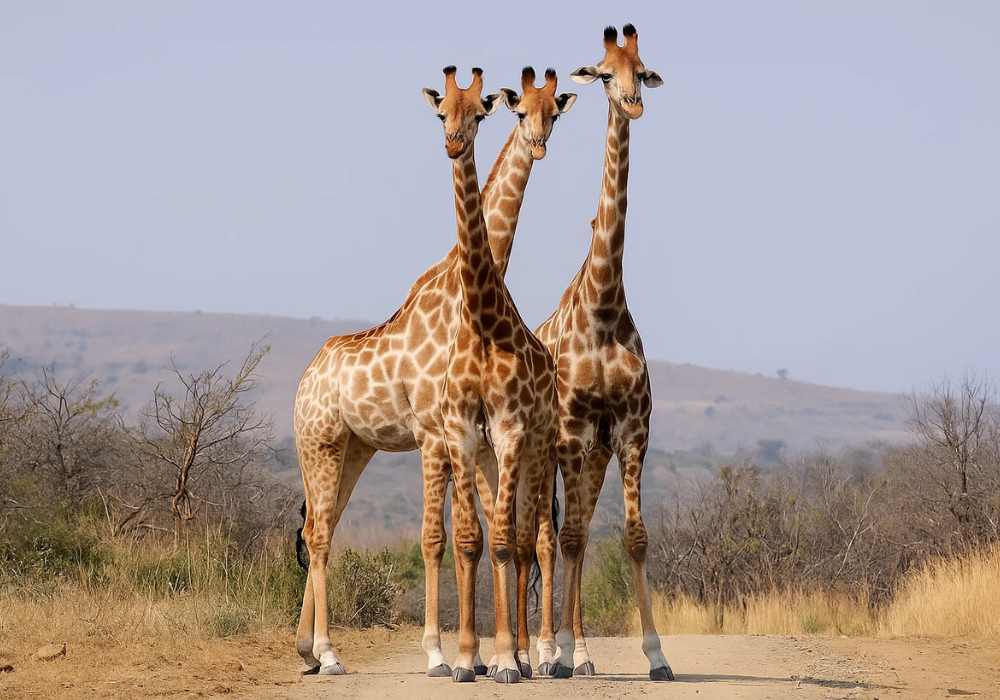
Cash in the Wild: My Safari Adventure Across Kenya with Only...

One Day Picnic Spot Near Pune - Adventure, Trekking and Natu...
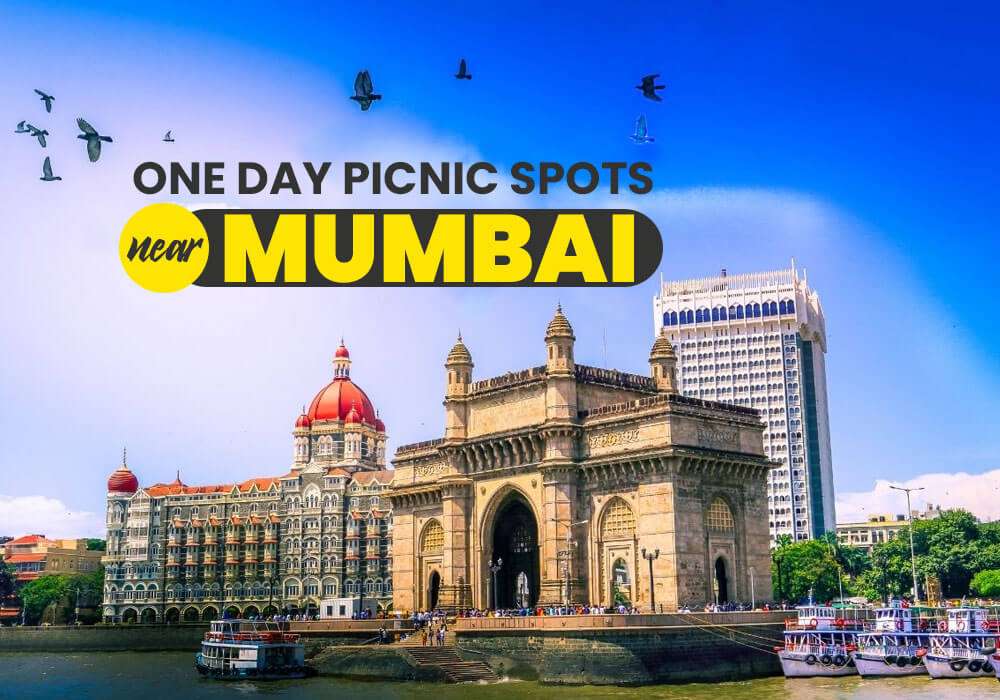
One Day Picnic Spots Near Mumbai - Monsoon, Adventure, Beach...
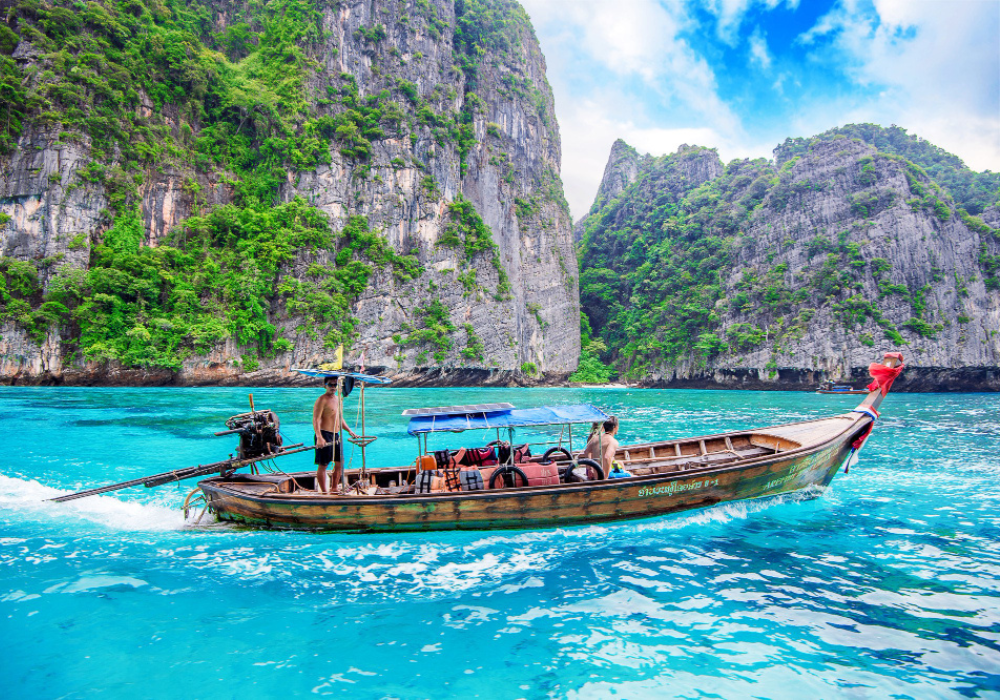
The Best Places to Go in Thailand in 2025
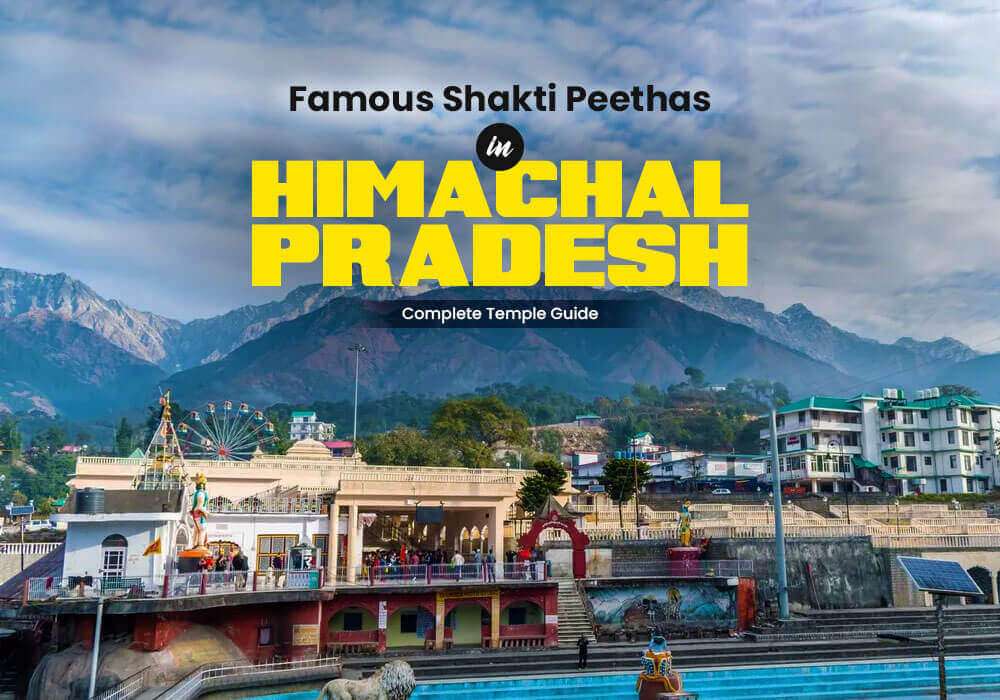

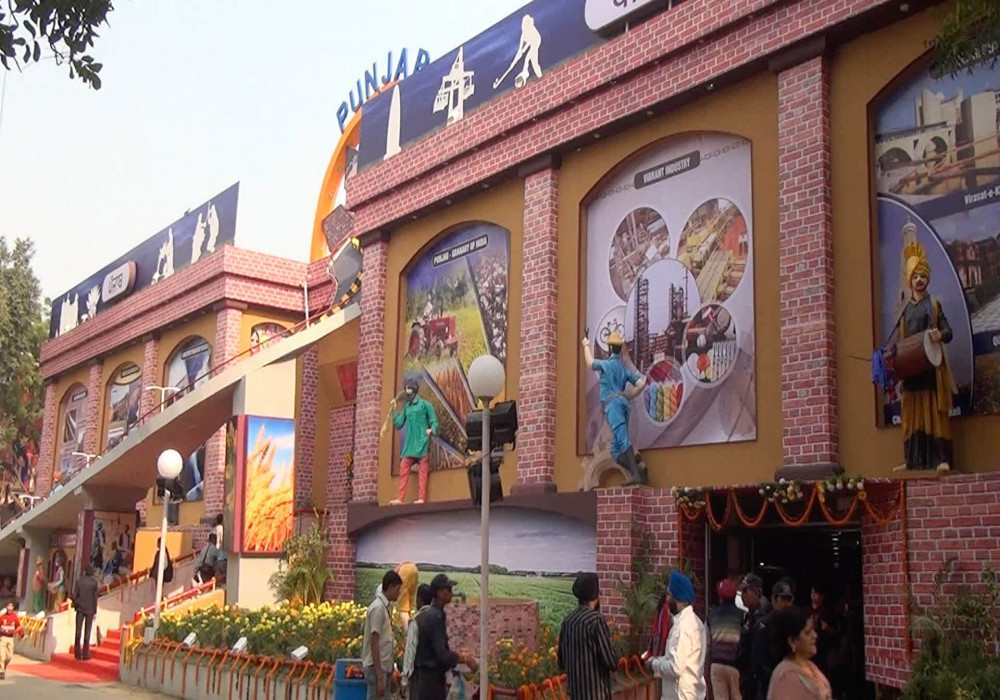
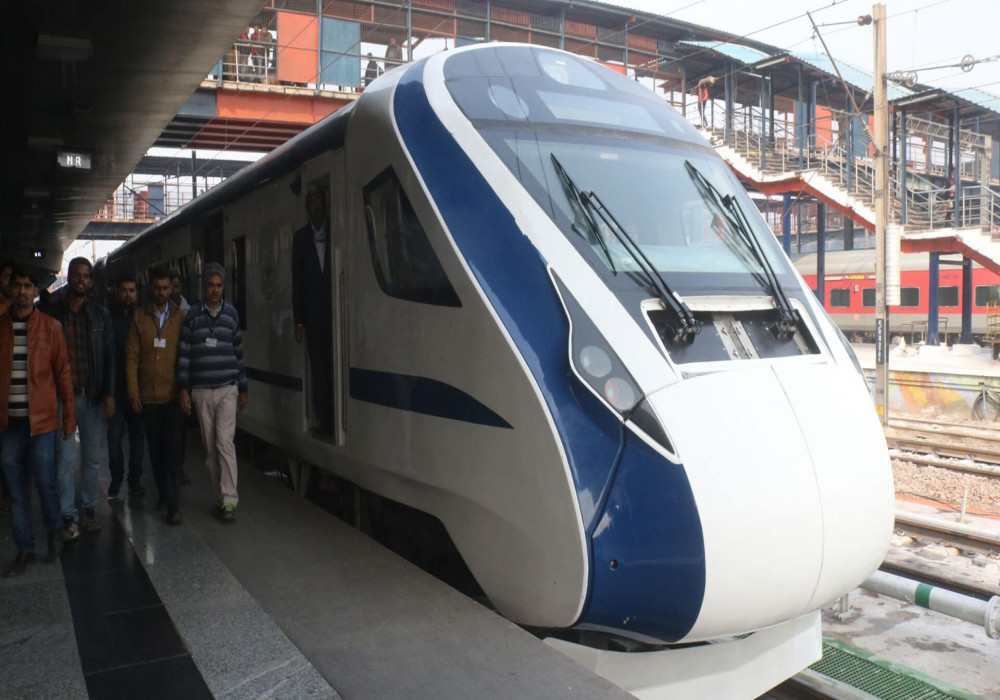
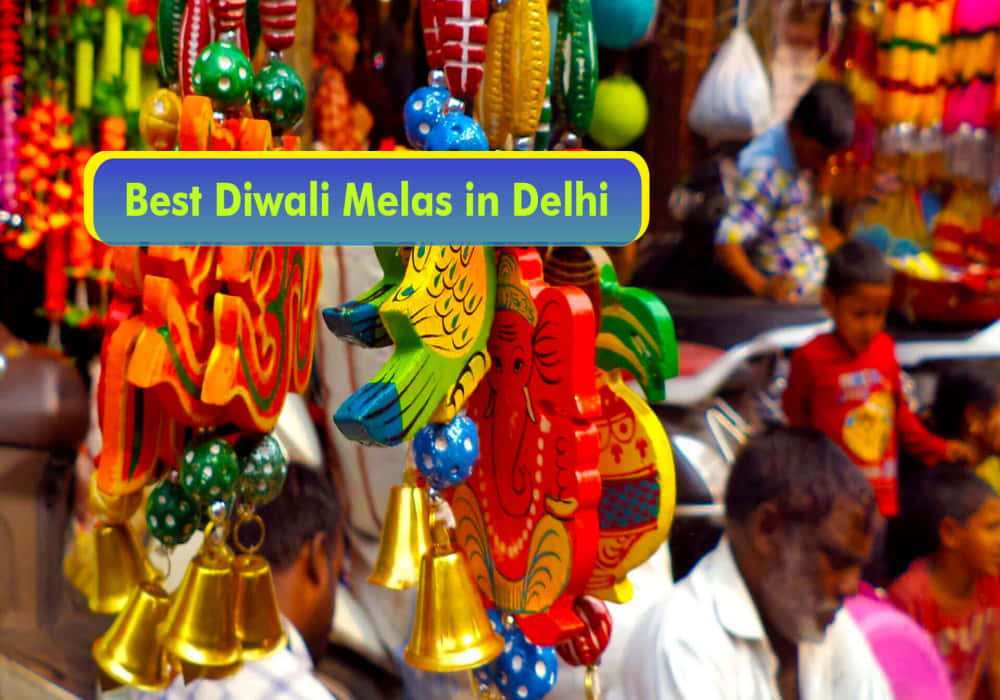

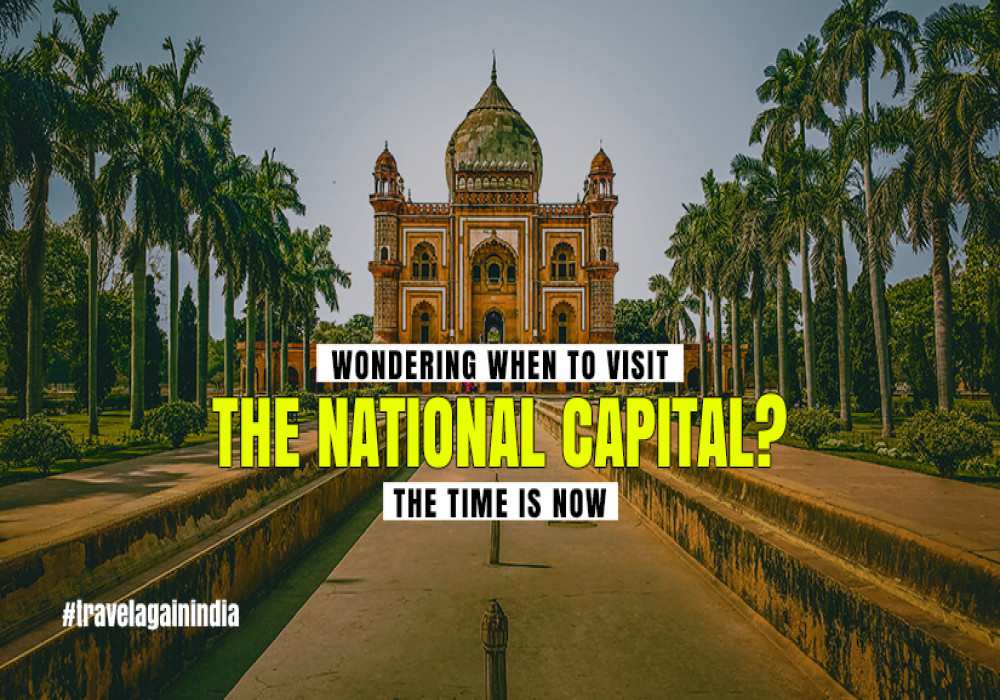
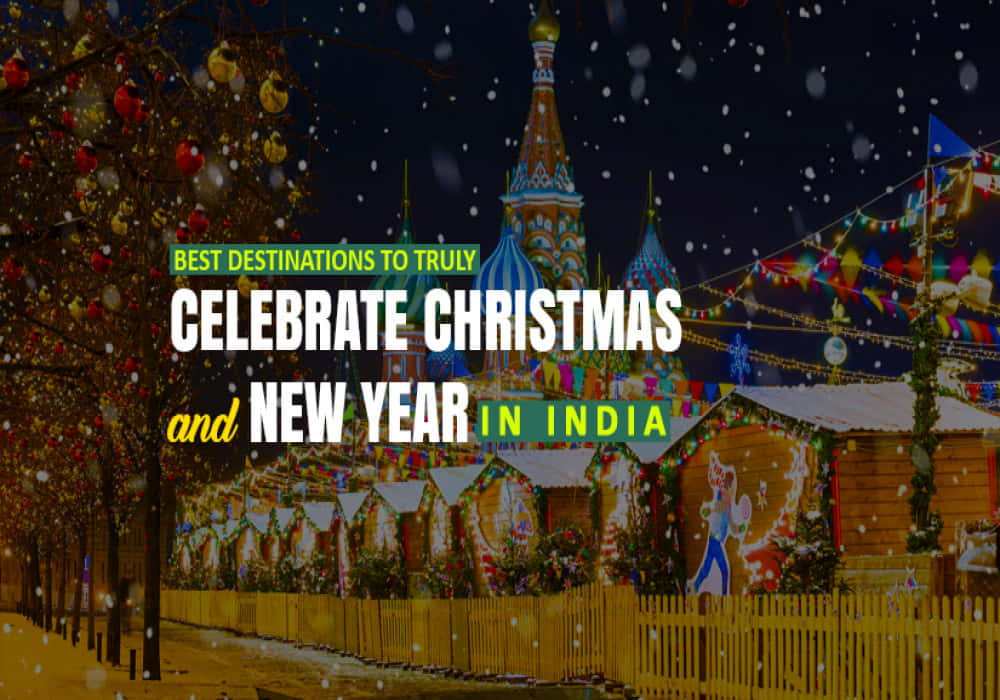
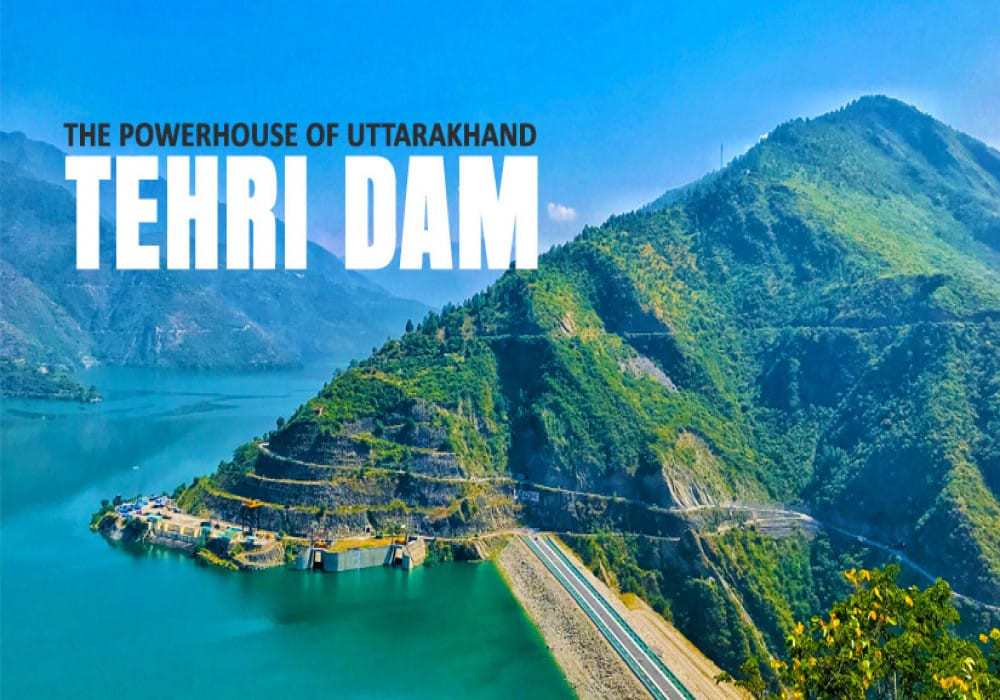
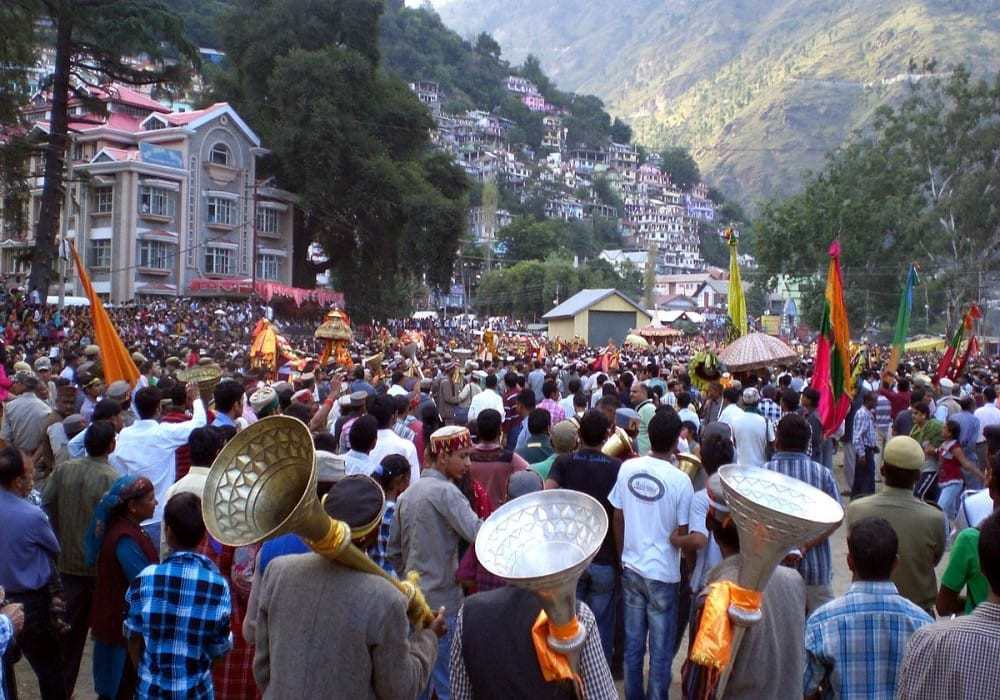


.jpg)
 Dubai
Dubai Malaysia
Malaysia USA
USA